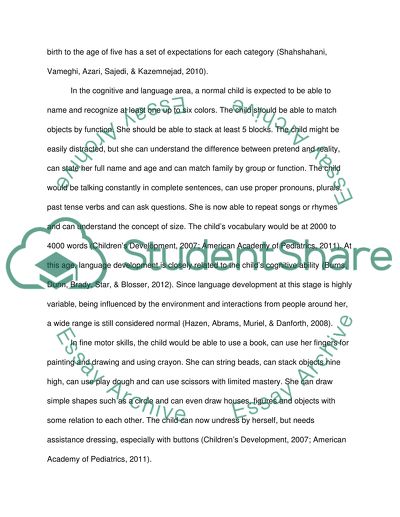Cite this document
(“Denver II Developmental Screening Paper Case Study”, n.d.)
Retrieved from https://studentshare.org/health-sciences-medicine/1459293-denver-ii-developmental-screening-paper
Retrieved from https://studentshare.org/health-sciences-medicine/1459293-denver-ii-developmental-screening-paper
(Denver II Developmental Screening Paper Case Study)
https://studentshare.org/health-sciences-medicine/1459293-denver-ii-developmental-screening-paper.
https://studentshare.org/health-sciences-medicine/1459293-denver-ii-developmental-screening-paper.
“Denver II Developmental Screening Paper Case Study”, n.d. https://studentshare.org/health-sciences-medicine/1459293-denver-ii-developmental-screening-paper.


